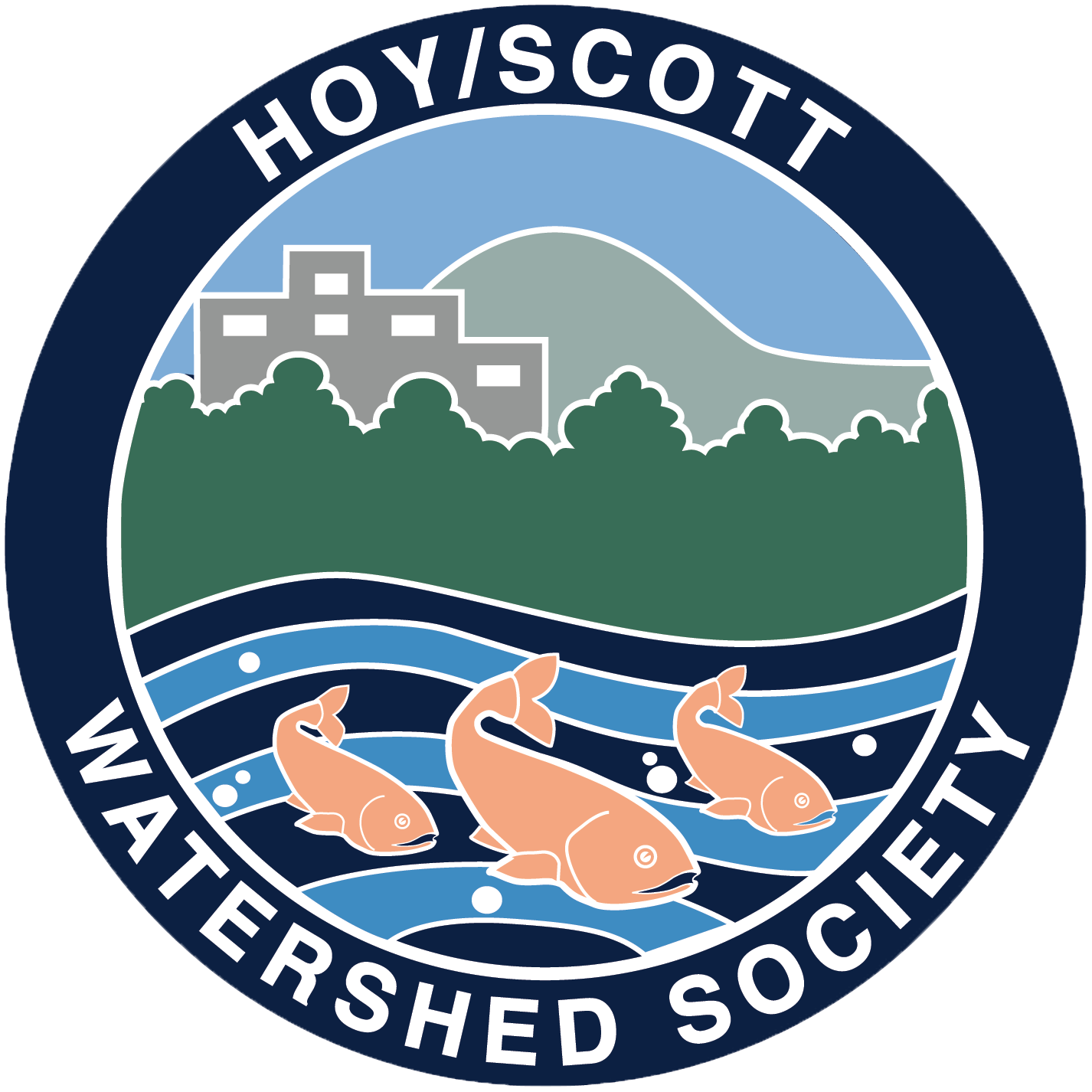Panorama Heights Elementary | Salmon in the Classroom release at Hoy Creek, Coquitlam
We were thrilled to welcome students from three local elementary schools to Hoy Creek this March, wrapping up another successful season of Salmon in the Classroom!
A big thank you goes out to Smiling Creek, Blakeburn, and Panorama Heights Elementary Schools for participating in this important salmon education program. Each school received approximately 50 Chum salmon eggs from Hoy Creek in the winter, carefully raising them in classroom aquariums while learning about the salmon life cycle and the importance of healthy waterways.
In early March, the students proudly released their young Chum fry into Hoy Creek, knowing they were giving them a strong start on their journey to the Pacific Ocean.
Teachers net chum fry into cups for students to release into Hoy Creek.
After the release, classes toured our Hoy Creek Hatchery, where they got to see firsthand the work being done to support salmon populations in our watershed. Students were excited to observe the 20,000 Chum fry and 3,500 Coho currently being raised at the hatchery.
Tours were led by our dedicated volunteers Anne Woosnam, Maya Uno, and Robbin Whachell, who shared their knowledge and passion for salmon stewardship with each group. It’s always inspiring to see young minds light up as they connect with nature and understand the vital role they can play in protecting it.
We’re proud to support Salmon in the Classroom and thank our local schools, teachers, and students for being part of the solution for salmon and our environment!
Minds light up when they connect with nature!
Each release ended with a tour at the hatchery. Maya Uno (back middle), HSWS volunteer discusses challenges faced with pollution events in our streams.








